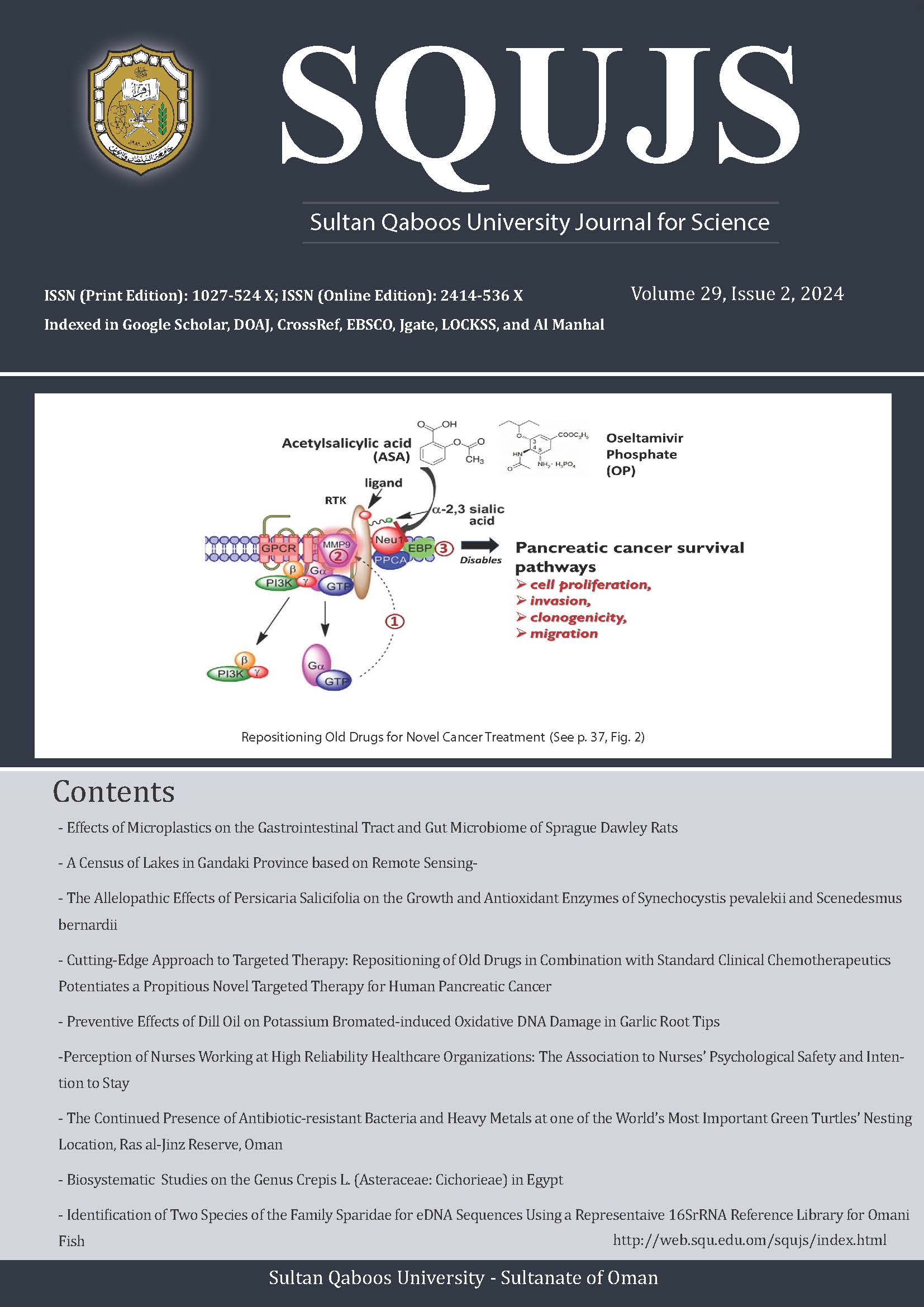Main Article Content
Abstract
Lakes in Nepal play a crucial role in supporting biodiversity conservation, regulating ecosystems, and providing livelihood opportunities for local communities. Many lakes in Nepal hold immense religious and cultural significance for the local community, serving as sacred pilgrimage sites and embodying spiritual entities that are integral to the traditions, beliefs, and practices of the people, making them important cultural landmarks of the country. Despite their significance and importance, lakes in Nepal have faced degradation and challenges. Due to inappropriate infrastructure development, encroachment, and anthropogenic activities, lakes are degraded in Nepal. In recent years, Gandaki Province also witnessed the degradation of lakes. Therefore, this study aimed to assess the status of lake degradation as well as find out the total number of lakes in the Gandaki Province. The study was conducted utilizing both Remote Sensing (RS) techniques and conducting field visits. First of all, the Normalized Difference Water Index (NDWI) was calculated with the help of Google Earth Engine with Sentinal 2A/B satellite. That gives the water area, and then polygons of water bodies were created throughout the province in an identified area. These polygons were uploaded in ArcGIS and a base map was added. In the ArcGIS platform, polygons were further edited for the precise area using very high-resolution imagery. These edited polygons were further verified in Google Earth. Field visits, personal phone inquiries, and group discussions were conducted for further verification. Data were also collected from municipality/rural municipality, elected representatives, and key informants. Altogether 290 lakes (including ponds, lakes, and glacier lakes) were mapped and identified in the Gandaki Province. These lakes cover about 0.1045% of the total surface area of the Gandaki Province. Approximately 60% of the lakes were identified above 3000 m above sea level (asl). Lakes identified below 3000 m asl were mostly mapped from the Kaski, Parbat, and Nawalparasi Districts. The highest number of lakes discovered in Mustang (a total of 73 lakes), encompasses both lakes situated below 3000 m asl and those above 4500 m asl. Many of the wetland areas, most of which are located below 3000 m are currently facing the threat of extinction. Numerous lakes have already been transformed into playgrounds and residential areas, leading to the loss of valuable wetland ecosystems in the Gandaki Province.
Article Details

This work is licensed under a Creative Commons Attribution-NoDerivatives 4.0 International License.

